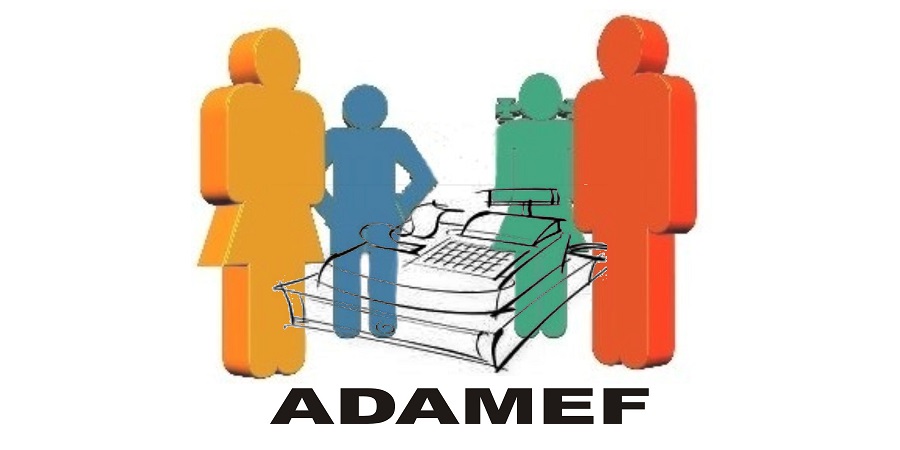Swedish law now requires a direct payment option to be displayed first

an article written by the members of the Bird & Bird global payments team.
The Swedish Parliament has approved an amendment to the Swedish Payment Services Act (2010:751) that introduces a new provision regarding the display of payment solutions online. The new provision applies in the situation where a consumer buys goods or services online, and contains two new requirements:
- First, if an online merchant accepts at least one payment method that does not involve the extension of credit to the consumer, that payment method must be presented first, for example in a list of available payment options (note that the amendment does not require online merchants to accept at least one payment method that does not involve credit; merchants remains free to decide which payment methods they want to accept).
- Secondly, if the online merchant accepts at least one payment method that does not involve credit, the payment options involving credit may not be pre-selected on the merchant’s website or in the merchant’s mobile shopping app.
The new requirements are not imposed on online merchants, but instead on their payment service provider (PSP), such as for example an acquirer in relation to card-based payments. According to the preparatory works, the Government is of the opinion that PSPs are able, through the contractual terms that they have in place with their merchants, to ensure that the above presentation requirements are complied with on merchant websites and in mobile shopping apps.
The concept of credit in this context is intended to be understood in the wider sense, and encompasses for example a deferred payment or an increase of the amount available over a credit account.
If an online merchant wishes to display first (for example, at the top of a list a accepted payment methods) a payment method that involves both a direct transfer of funds (e.g. from the bank account of the buyer to the bank account of the online merchant) as well as the extension of credit, the amendment requires that this payment method be split into two on the merchant’s website or mobile shopping app.
The amendment will enter into force on 1 July 2020.
Rationale for the amendment
The background to the amendment is that consumer credits have increased since 2016, and are currently increasing at a rate of 7% per annum. According to the Swedish Financial Services Authority (SFSA), this increase in consumer credits may pose a risk to individual households due to the high related costs (i.e. interests and fees).
According to the preparatory works to the amendment, the decision to use a payment option involving credit should be the result of an active choice by the consumer. If the payment options involving credit are presented first on the merchant’s webpage or in its mobile shopping app, and are in some cases even pre-selected, this increases the risk that the choice of a credit option by the consumer is not genuinely active in nature. This presents a danger that consumers will chose the option involving credit without having fully considered whether the credit option is appropriate in relation to their financial situation, and whether they have the necessary resources in order to afford the purchase.
Questions of interpretation
The amendment raises a number of difficult questions of legal interpretation. While the below does not constitute legal advice, we provide some input on some of the obvious questions resulting from the amendment.
1. A debit card with an overdraft facility. A debit card would typically qualify as a direct payment option, that could therefore be presented first to the consumer (e.g. at the top of a list). However financial institutions maintaining the current accounts to which the debit cards are connected may provide an overdraft facility to the consumer (albeit generally limited). Does this mean that a debit card connected to a current account with an overdraft facility should qualify as credit (as opposed to direct payment) for the purposes of the amendment? As mentioned above, according to the preparatory works, the intention is to have a broad definition of „credit” for the purposes of the amendment. However, according to the Government, in such a situation it should be considered whether the payment option typically involves a direct payment or the extension of credit. In the above scenario, the use of a limited overdraft facility in connection with the use of a debit card should typically be seen as an exception, and therefore the card should normally qualify as a direct payment option (that can therefore be presented to the consumer at the top of a list). Besides this example, the Government leaves it to the SFSA, as the enforcement authority, to decide how different contractual models and payment methods should be assessed in this respect.
2. If a returning customer on a merchant’s website previously decided to pay with a payment method involving credit (e.g. a credit card), does the new requirement still apply? In our view: yes. There are no exceptions to the obligation to present a direct payment option first (assuming, again, that the merchant does make such a direct payment available to its customers). Our interpretation is therefore that the direct payment option (if available) must always be presented first, also when a consumer had chosen the credit option during his previous transaction at a particular merchant. For the avoidance of doubt, the amendment does not prevent a merchant from storing the details of any payment method (however see more below from the Swedish Consumer Agency on the storing of payment credentials).
3. Who will the new regulation apply to? We believe that it will not only apply to PSPs authorised in Sweden, but also to PSPs authorised outside of Sweden providing payment services in Sweden – for example a PSP authorised outside of Sweden providing acquiring services to Swedish merchants.
4. What are the potential sanctions? PSPs are in general under the supervision of the SFSA, and non-compliance may lead to investigations and sanctions according to the Payment Services Act. According to the amendment, practices that do not comply with the new provision should be considered unfair marketing according to the Swedish Marketing Practices Act (2008:486), which entails that prohibitions and sanctions according to the Marketing Practices Act may also be imposed. Non-compliant marketing practices may be prohibited, and the prohibitions may be sanctioned with a fine. The fine will be set on a case-by-case basis, taking into account circumstances such as (in general) the financial situation of the PSP, and the specific set-up and dynamics of the check-out process. Fines at the level of SEK 1,000,000 (approx. € 94,000) are often seen for other breaches of the Marketing Practices Act. However, it remains to be seen what levels may be established in relation to violations of the new provision.
Further requirements on marketing of credit from the Swedish Consumer Agency
In addition to the amendment of the Payment Services Act, the general guidance from the Swedish Consumer Agency, which contains requirements on the marketing of credit, has been revised.
The changes will introduce, among other things, a requirement that the marketing of credit should not be tied to any offers or benefits of such a kind that they would typically make the credit offer attractive. The use of available credit should not be encouraged, interest rates should not be emphasized, and application forms with pre-filled data about a consumer should not be attached in the marketing of credits. Expressions suggesting that a credit has already been granted should not be used. In our view, a merchant should, for example, not offer a discount to the consumer in order to encourage the use of a means of payments that involves the extension of credit (e.g. 10% discount if the consumer pays with a credit card rather than a debit card).
The general guidance also states that, in connection with marketing of credit, no forms should be pre-filled with information about the consumer. This could potentially affect the possibility for merchants to use (and perhaps even store) payment details related to a payment method involving credit, such as for example credit card details.
The revised guidance will enter into force on 1 July 2020.
Dariusz Mazurkiewicz – CEO at BLIK Polish Payment Standard
Banking 4.0 – „how was the experience for you”
„To be honest I think that Sinaia, your conference, is much better then Davos.”
Many more interesting quotes in the video below:










